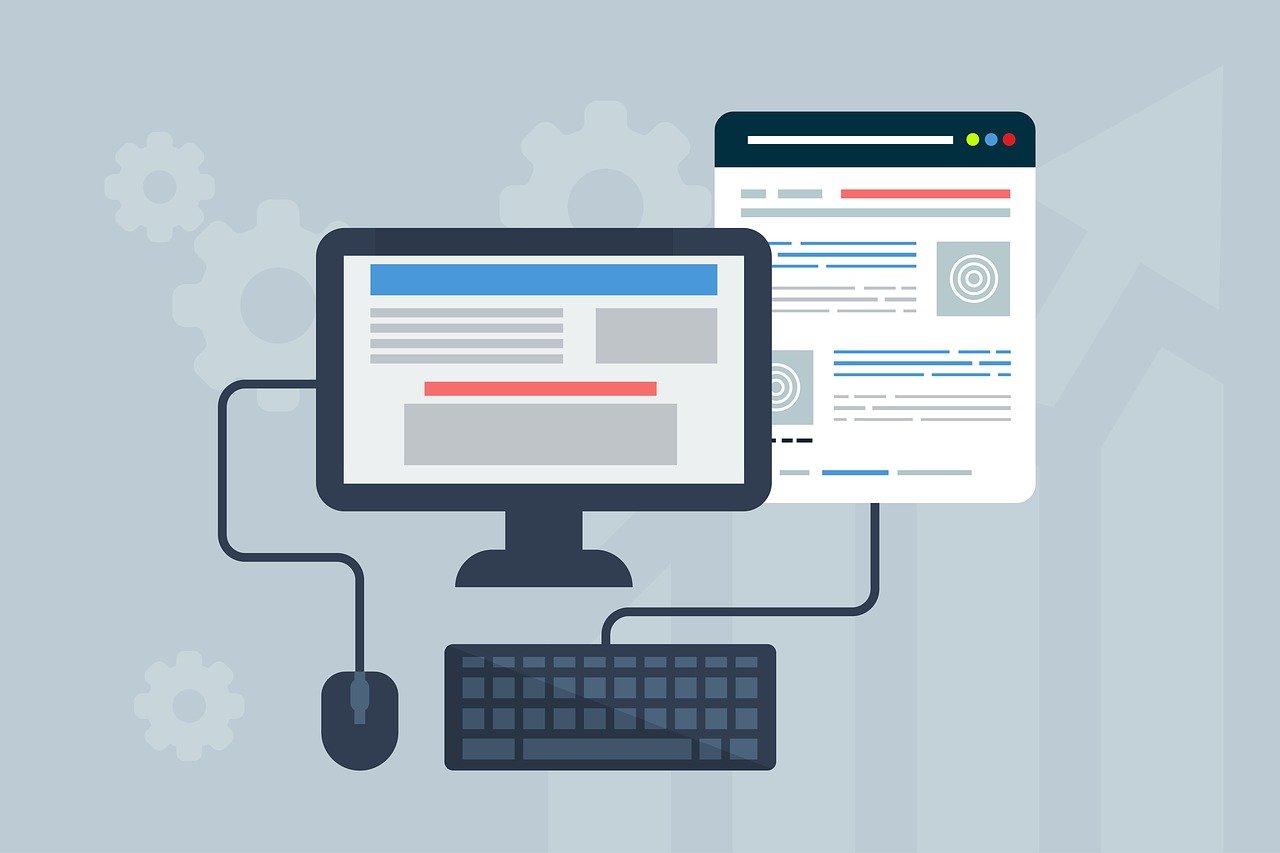Ensuring customer satisfaction and building loyalty depends on how quickly customer service responds. This article will delve into actionable methods and approaches to reduce ticket response time and provide exceptional customer support. Whether you're a customer service representative or a manager, the valuable insights we share here will help you boost your team's performance and effectively meet customer expectations.
What is the Average Response Time?
The time it takes for customer service agents to address customer inquiries or problems is measured by the average response time. The countdown begins once a customer seeks support via email, live chat, or other communication channels.
To calculate the average response time, we add up the response times for all interactions within a specific period (like a day or a week) and divide it by the total number of interactions.
Why does average response time matter?
Well, it provides valuable insights into how well a business performs regarding customer service. By keeping track of this metric, companies can determine how quickly they're addressing customer inquiries and whether they're effectively meeting customer expectations. Monitoring and improving average response time can result in increased customer satisfaction, greater loyalty, and an overall improvement in the customer service experience.
A lower average response time is a positive sign. It indicates that customer service agents promptly attend to customer queries, provide speedy solutions, and demonstrate a strong dedication to customer care. A higher average response time can lead to customer frustration, dissatisfaction, and even potential loss of business.
To deliver outstanding customer service, businesses should establish targets for their average response time and implement strategies to reduce it. Doing so can enhance their responsiveness, foster trust with customers, and ensure an exceptional customer service experience.
Why Speed Matters in Customer Service
Speed is a critical factor in customer service, which is important for businesses and customers.
Let's explore why speed matters in customer service and how it benefits everyone involved:
-
- Meeting Customer Expectations: Customers expect quick resolutions to their inquiries and issues. When customers reach out for support, they anticipate timely responses. According to a survey conducted by HubSpot, an overwhelming 90% of customers consider an ‘immediate’ response to be crucial when they have a customer service question. Failing to meet these expectations can lead to frustration and dissatisfaction.
- Enhancing Customer Satisfaction: Quick response time contributes to higher levels of customer satisfaction. Customers feel valued, appreciated, and taken care of when they receive prompt assistance. This positive experience fosters a sense of loyalty and increases the likelihood of repeat business.
- Building Trust and Confidence: Timely responses demonstrate professionalism, competence, and attentiveness. By promptly addressing customer queries or issues, businesses build trust with their customers, showcasing their commitment to excellent service.
- Minimizing Customer Effort: Quick responses reduce the effort required from customers to seek support. When customers receive timely resolutions, they do not have to spend unnecessary time and effort reaching out multiple times or searching for alternative solutions.
- Resolving Issues Efficiently: Speedy customer service allows for swift issue resolution. This helps customers resume their regular activities without prolonged interruptions or delays. Rapid solutions contribute to overall customer satisfaction and positive experiences.
- Preventing Escalations and Complaints: Delayed responses can escalate minor issues into major problems. Promptly addressing customer inquiries or issues minimizes the likelihood of customer frustration and prevents escalations or negative reviews.
- Improving Customer Retention: Customers who experience quick and efficient support are more likely to remain loyal to the brand. Positive customer experiences resulting from fast response time contribute to long-term customer retention.

How to Improve Your Customer Service Response Time
Enhancing customer service response time requires a combination of streamlined processes, effective communication, and leveraging technology.
Here are some actionable strategies to help you achieve faster customer service response times and improve your overall customer support efficiency:
-
1. Implement a Ticket Management System
Utilize a robust system that organizes and prioritizes customer inquiries. This empowers agents to handle tickets more efficiently, ensuring prompt responses and reducing response times. Streamline the management process of your leads, prospects, and customers by utilizing tools such as CRM and Deals for Zendesk. This tool effectively handles the gathered information, ensuring efficient customer data handling. -
2. Automate Routine Tasks
Identify repetitive tasks in customer service and automate them using chatbots or self-service options. Automating tasks like password resets or basic inquiries frees valuable time for agents to focus on more complex customer issues. You can automate the process of sending mass outbound emails and follow-ups by employing services like Proactive Campaigns by Growthdot. -
3. Use Canned Responses and Templates
Create predefined responses or templates for frequently asked questions or common issues. Canned responses enable agents to respond quickly while still maintaining a personalized touch. Customize the responses as needed to address specific customer concerns. Instead of relying solely on plain text messages, consider leveraging Video Reply to record engaging video replies that can be seamlessly integrated into tickets. -
4. Prioritize Urgent Tickets
Implement a system to identify and prioritize urgent tickets that require immediate attention. By promptly addressing critical issues, you can prevent customer dissatisfaction and demonstrate your commitment to resolving urgent matters. -
5. Set Clear Service Level Agreements (SLAs)
Establish transparent SLAs that define response time expectations based on the urgency or severity of customer inquiries. Clear timelines help agents prioritize their workload and meet customer expectations more effectively. -
6. Utilize Collaboration Tools
Enable collaboration among customer service agents through internal communication and collaboration tools. This fosters quick information sharing, problem-solving, and escalation, leading to faster resolutions. -
7. Improve Agent Efficiency
Provide comprehensive training and resources to customer service agents, enabling them to handle inquiries effectively. Ongoing training helps agents enhance their skills, resulting in quicker customer service response times and improved customer satisfaction. -
8. Streamline Communication Channels
To accommodate customer preferences, offer multiple communication channels, such as email, live chat, and phone support. Providing convenient options allows customers to reach out through their preferred channels, reducing response time and enhancing their overall experience. -
9. Leverage Customer Self-Service
Develop a robust knowledge base or self-service portal where customers can find answers to common questions or troubleshoot fundamental issues independently. Encouraging customers to utilize self-service options reduces the volume of incoming tickets, speeding up customer service response times for more complex queries. -
10. Monitor and Analyze Metrics
Regularly monitor response time metrics and customer service performance. Analyze trends, identify bottlenecks, and implement continuous improvements based on data-driven insights. You can optimize your customer service operations by staying proactive and making informed decisions.
Tips for Implementing a Customer Knowledge Base
Creating a knowledge base that truly serves your customers requires careful planning and execution.
Here are some strategies to help you develop an excellent knowledge base:
- Identify Common Questions and Issues: Analyze customer inquiries and support interactions to uncover recurring themes and common questions. Focus on creating knowledge base articles that directly address these frequently asked questions and provide practical solutions to common issues.
- Create Clear and Concise Articles: Write knowledge base articles using simple and easily understandable language. Structure the content with headings, subheadings, bullet points, and bold fonts to enhance readability and emphasize key information. Keep the articles concise and straight to the point, avoiding excessive technical jargon.
- Categorize and Tag Articles: Organize your knowledge base by categorizing articles into relevant topics and subtopics. This helps customers navigate the content more efficiently. Assign tags or keywords to each article to improve searchability and enable customers to quickly find the information they need.
- Provide Step-by-Step Instructions: When explaining processes or troubleshooting steps, offer clear and detailed instructions. Use visual aids such as screenshots, videos, or diagrams whenever possible to provide visual guidance and enhance comprehension.
- Keep Content Up to Date: Regularly review and update your knowledge base content to ensure accuracy and relevance. Remove outdated information and add new articles based on customer feedback and emerging trends. Keeping the content fresh and up to date provides customers with the most reliable and helpful information.
Ways to Speed Up Ticket Response Time
Reducing ticket response time is essential for delivering exceptional customer service.
Here are some strategies and customer service response time rules to help you accelerate ticket response time and improve overall support efficiency:
- Prioritize Tickets: Implement a system that prioritizes tickets based on urgency, complexity, or customer impact. By assigning priority levels, your customer service team can address critical issues promptly, ensuring timely resolutions and customer satisfaction.
- Use Automated Ticket Routing: Set up automated ticket routing based on predefined rules or keywords. This intelligent routing system ensures that tickets are automatically directed to the most suitable agent or department. You can significantly decrease response time and streamline ticket resolution by reducing manual handling.
- Implement Ticket Templates: Create predefined ticket templates for common customer inquiries or issues. These templates can include relevant fields, questions, or instructions that quickly guide agents in gathering the necessary information.
- Enable Agent Collaboration: Foster collaboration among your customer service team by implementing internal communication and collaboration tools. This allows agents to seek advice, share insights, or escalate tickets to the appropriate team members.

FAQ
What is the ticket response time?
Ticket response time is the duration for a customer service agent or team to reply to a customer's support ticket or inquiry. When customers seek assistance through email, live chat, or a help desk system, a ticket is created to track and manage the interaction.
Measuring ticket response time starts when the customer submits the ticket and ends when they receive the initial response from the customer service representative. This metric is crucial for evaluating how quickly and efficiently a customer service team addresses customer needs.
Ticket response time is typically measured in minutes, hours, or days. It indicates the speed at which customers can expect to receive an initial acknowledgment or a substantive response to their inquiry.
Maintaining a prompt ticket response time is vital for providing excellent customer service. It ensures that customer expectations are met, responsiveness is demonstrated, and customer satisfaction is upheld. Timely responses can prevent customer frustration, ensure a positive customer experience, and build trust and loyalty.
How can I reduce my customer service ticket?
Reducing the number of customer service tickets is crucial to improve efficiency, streamline operations, and enhance the overall customer experience.
Here are some proven strategies to help you achieve customer service response time standards:
- Provide Self-Service Options: Develop a comprehensive knowledge base, FAQ section, or self-help portal that empowers customers to find answers and resolve issues independently. By offering easily accessible solutions to common inquiries, you can reduce the need for customers to contact customer support.
- Improve Product Documentation: Enhance product documentation, user manuals, and guides to provide clear and comprehensive instructions. By offering thorough documentation, you can address common questions and minimize the need for customers to seek additional assistance.
- Proactive Communication: Take a proactive approach to communication with customers. Regularly send updates, tips, and announcements to educate customers about your product or service. By addressing potential issues and providing solutions to common problems upfront, you can address customer concerns and minimize the need for support tickets.
- Implement Chatbots and AI Assistants: Utilize chatbots and AI assistants to handle basic customer inquiries and provide instant responses. These intelligent tools can offer automated assistance, answer frequently asked questions, and guide customers through simple troubleshooting steps, freeing up your customer support team's time.
What is an example of response time?
To better understand customer support response time in the context of customer service, let's consider an example:
Imagine a customer emailing a company's customer support team regarding a billing issue. When the customer clicks ‘send,’ the professional email response time clock starts ticking. It refers to the duration a customer service representative takes to acknowledge and reply to the customer's email.
For instance, the customer receives an automated email after sending their inquiry, confirming that their message has been received. The automated email states that a representative will respond within 24 hours. In this case, the acknowledgment's initial professional email response time is 0 minutes.
The actual response time depends on how quickly a customer service agent reviews the customer's email, investigates the issue, and provides a meaningful response. Let's say the agent responds with a personalized and helpful reply within 3 hours of receiving the customer's email. In this example, the response time is 3 hours.
By understanding customer support response time, businesses and customers can gauge the efficiency and effectiveness of customer service interactions. It helps set expectations and ensures timely communication to address customer inquiries and concerns.
What is a good response time system?
A good response time customer service system encompasses several key elements to establish an efficient and well-structured approach to handling customer inquiries and providing timely responses. Here are the essential components to consider:
- Clear Service Level Agreements (SLAs): Define specific target customer service response times for different customer inquiries in clear and transparent SLAs. These agreements should consider the urgency and complexity of each issue. By setting expectations for both customers and customer service agents, SLAs help prioritize tickets effectively.
- Automated Ticketing System: Implementing an automated ticketing system streamlines the process of capturing and tracking customer inquiries. This system automatically assigns tickets to the appropriate agents, maintains a comprehensive record of interactions, and enables efficient tracking and monitoring of customer service response times.
- Ticket Prioritization: Develop a system to prioritize tickets based on their urgency and impact on the customer. Assigning priority levels to tickets empowers agents to address critical issues first, ensuring timely resolutions for high-priority cases.
- Efficient Ticket Routing: Implement automated ticket routing based on predefined rules or keywords. This ensures that tickets are promptly directed to the most suitable agents or teams, reducing manual handling and customer response time.
- Skill-Based Assignment: Assign tickets to customer service agents based on their skills and expertise. This practice ensures that inquiries are handled by the most qualified agents, leading to quicker and more accurate responses.
- Response Time Monitoring: Regularly monitor response times to identify bottlenecks, areas for improvement, and adherence to SLAs. Utilize reporting and analytics tools to track key customer service metrics and gain insights into response time customer service performance.

Want to know more?
Get the most of our articles on how to optimize your Customer Support Service
Read more





